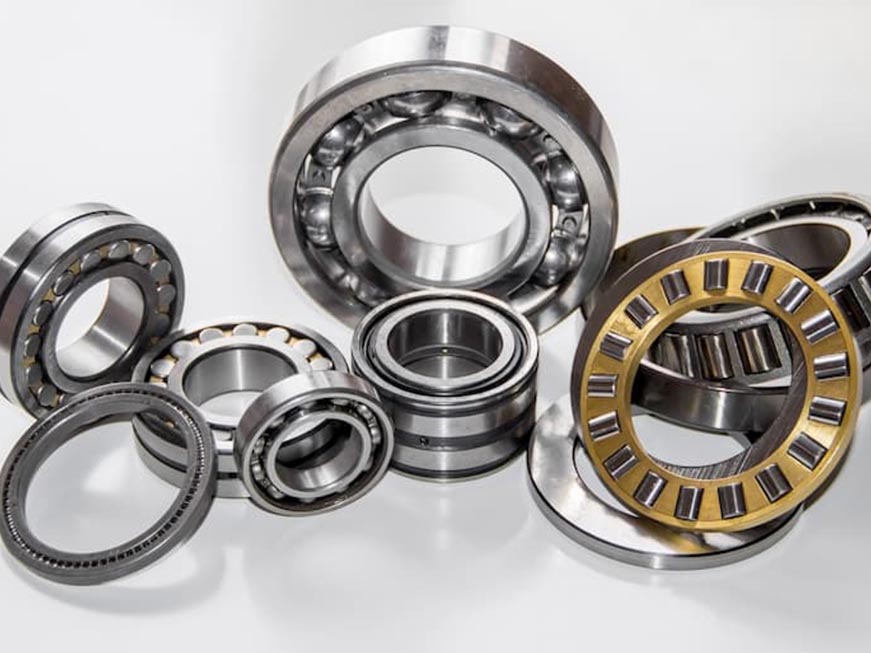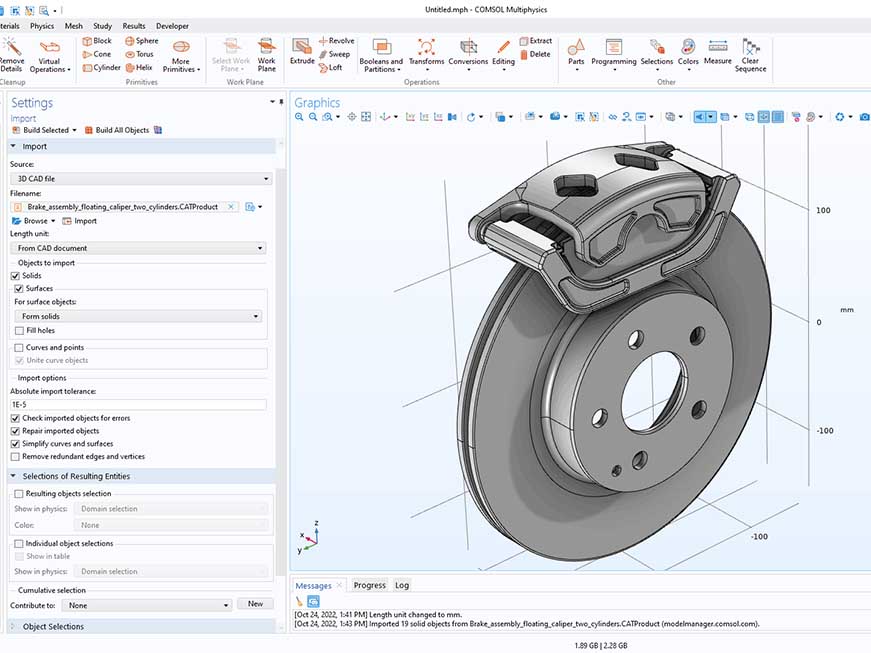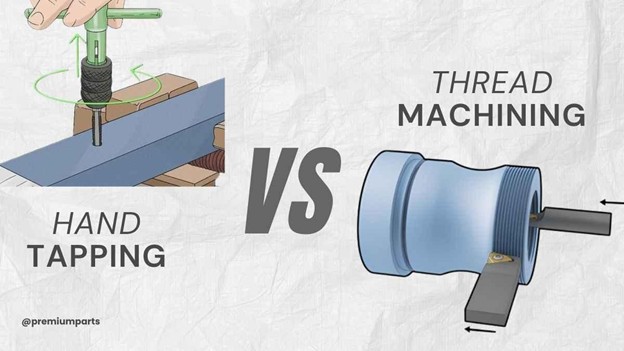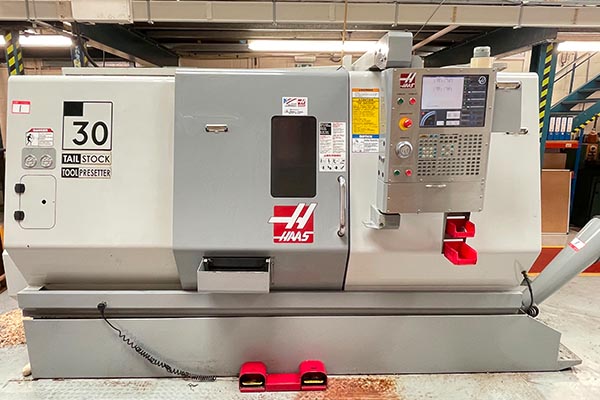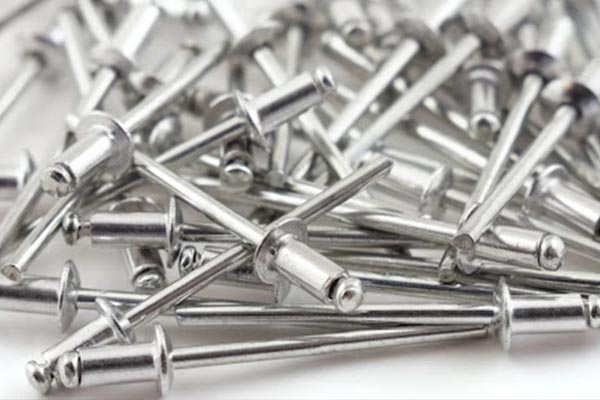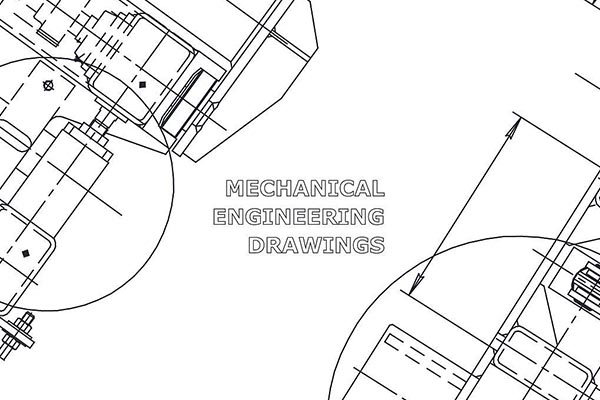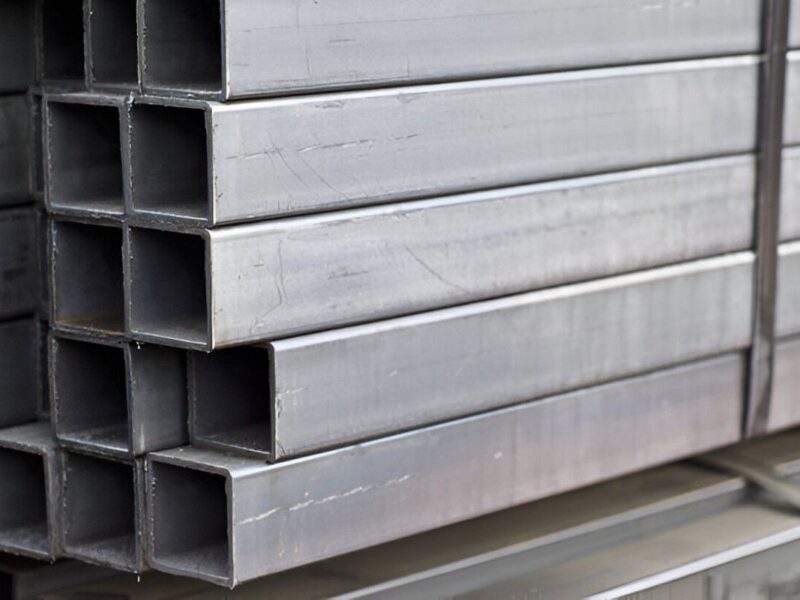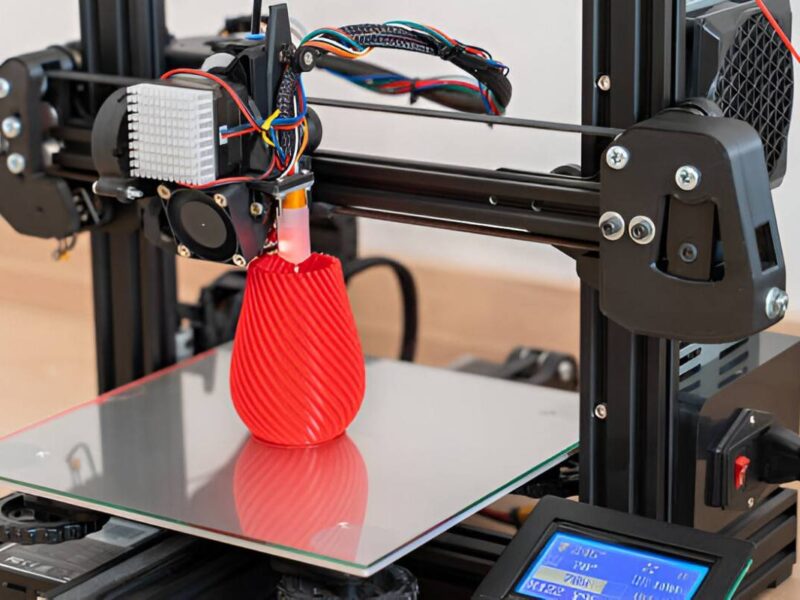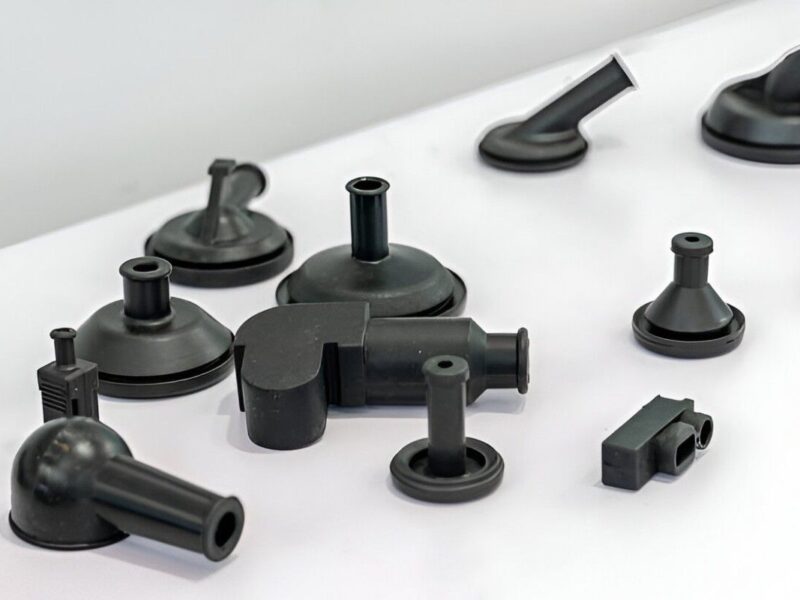Rubber overmolding is a two-stage process. It is used to increase product grip, absorb impact, and add comfort, all in one step. Additionally, it reduces the need for additional assembly.
The process is used in aerospace, gun, and medical domains. Premium Parts provides you with custom-made solutions efficiently and quickly. We facilitate a range of materials and complete support in the overmolded rubber-to-plastic design.
Overmolding is not only a fashion trend, but it is also gaining the status of necessity. Being demanded more and more in all fields of life, it guarantees comfort in terms of ergonomics, chemical resistance, or weather protection. You may need a Hogue overmolded rubber grip replacement or long-lasting rubber-to-plastic assemblies. We have all these solutions for you. Let’s get into the details to learn all about the plastic overmolding process.
A Brief Overview of Rubber Overmolding?
Rubber overmolding integrates two parts into one piece. You begin with a plastic or metal hard core. Then, you wrap the rubber around the core.
This outer layer enhances traction and provides shock resistance. It is also safe against water, heat, and chemicals. This is seen as best portrayed by the Hogue AR-15 overmolded rubber grip.
Good bonding requires strong parts. That is why, before molding, surface prep is essential. The overmolding rubber to plastic process requires precise material matching.
This can be done with thermoplastic elastomer (TPE), silicone, or EPDM. We will advise you to choose it depending on how you want to use it. Silicone rubber overmolding is suitable for cleanrooms and medical-grade products.
Rubber Overmolding Process
Let’s take a glance at the process steps involved in rubber overmolding.
Step #01: Surface Prep & Substrate Treatment
First of all, you have to clean and roughen the surface. This helps in more sticking of the rubber. When they are necessary, we employ primers and plasma treatment.
Bonding will fail without proper preparation. This causes the breakage of gears under tension. Our team does not allow that to happen. We ensure and choose the right material compatibility.
Bond strength can be strengthened by the use of mechanical interlocks. You might also need chemical primers. Adhesion can also be enhanced by plasma and corona treatments, particularly to plastics.
The substrate surface plays a crucial role. Slightly less energy-biased materials, such as polypropylene, must be treated longer. We evaluate your design and employ the most effective way to bring products into functional use.
In other applications, we make key features in the base part by machine. All these serve as anchors. They are filled with molten rubber, which locks the rubber in its position after the curing process.
Step # 02: Rubber Injection/Placement
The rubber is heated into a flowable state. After that, we inject it into the rigid part. Gates regulate direction and pressure.
The pressure must be uniform. It prevents the rubber from loosening. With our tools, there is never a case of inappropriate flow. The type of geometry of the part defines the number of gates.
Trapped air is swept away. Wrong venting will result in bubbles and peeling. Before we shape, we model mold flow.
The viscosity of rubber varies with rubber processing. We constantly observe the rate of injection speed and pressure. Any slight variation may lead to malalignment or a flaw. Tooling and process settings are made on the fly to enable fine control.
In the case of medical-grade silicone, we use Liquid Injection Molding (LIM). This technique makes the material sterile and has ultra-fine detail.
Step # 03: Curing, Cooling, and Ejection
Rubber must cure before ejection. Silicone rubber overmolding needs more curing time because cooling happens after that.
Then, we eject the part. It’s ready for final checks. We inspect dimensions, adhesion strength, and surface finish.
Curing solidifies the rubber and develops the part’s final properties. If cooling is rushed, internal stresses can form. That’s why we use timed cooling cycles. These avoid bending and shrinkage.
After curing and cooling, our systems eject the part using minimal force. This avoids tearing or distortion. We also inspect every batch for surface defects and structural integrity.
| Step | Action Taken |
| Surface Prep | Clean and apply primer |
| Injection | Inject molten rubber under pressure |
| Curing & Cooling | Set the rubber under heat |
| Ejection | Remove the finished part |
Rubber Overmolding Techniques
After knowing of overmolding process, it is imperative to understand its types. Here are the common types of rubber overmolding.
Injection Molding
Injection molding is affordable and time-saving when it comes to mass-scale production runs. You obtain only large amounts of the exact part information. TPVs and TPEs are perfect candidates in this case.
It is ideal to use on grips, seals, and buttons. It is simple to increase the level of production. Manufacturers can also keep tight tolerances and reduce cycle time.
Compression Transfer Molding
Compression molding is an optimal process to use when the parts are large and thick. The rubber is inserted into the mold. It is formed through heat and pressure.
The approach works well with specialty materials. It is less swift and a bit more accommodating. The process minimizes the flash formation and is friendly to small volumes. Moreover, you have more control over the flow and wastage of the material.
Liquid Injection Molding (LIM)
Liquid Injection Molding deals with medical silicone parts. It provides tight toleration and medical biocompatibility. It is ideally used in healthcare facilities. LIM can be provided with maximum traceability. The absence of the contamination threat means increased safety.
Two-Shot Overmolding
Two-shot molding forms a solid inner core first, followed by a soft rubber layer molded around it. You conserve time and reduce flaws. However, it requires special tooling. However, it is worth it for runoffs. At our in-house facility, between molding stations, we have robotic handling. Thus, the process allows an accurate rubber positioning and helps avoid tolerance errors.
Material Choice for Rubber Overmolding
Material selection plays a significant role in overmolding. Here are the typical material types, temperature ranges, and use cases.
Rubber Types & Properties
| Material | Durability | Temp Range | Use Case |
| TPE | Medium | -30°C to 100°C | Consumer grips |
| Silicone | High | -55°C to 200°C | Medical housings |
| EPDM | Excellent | -40°C to 120°C | Automotive seals |
Each type gives you unique benefits. You must select the material based on the environment and usage. For instance
- Silicone rubber overmolding offers the best in flexibility and biocompatibility.
- TPE provides good elasticity and resilience.
- EPDM outperforms under harsh weather and UV exposure.
Compatible Substrates
You can overmold rubber to ABS, nylon, PC, or metals. But you must prepare for them first. Our team helps you choose the right substrate.
Steel and aluminum offer strong structural bases. PC and ABS are lightweight yet bondable. Surface energy and thermal properties matter.
Designing Considerations For Rubber Overmolding
Key design considerations are as follows:
Wall Thickness & Undercuts
Rubber 0.5-3 mm bend at excessive thickness. Undercuts are used to fasten rubber.
We advise you on the precise dimensions of the walls. Moreover, prevent rework and wastage of materials. However, tapered walls enhance the ejection of the mold.
Mechanical bonding can be done using undercuts. However, they should be malleable. Side actions or collapsible cores may be needed.
Venting & Mold Flow
Optimal mold flow does not leave air. We install vents in the location where air is trapped. Our simulation programs produce precise routes of flow. You obtain clean parts without flash. Sink marks are avoided by using balanced gating. Flow analysis also avoids short shots.
Bonding Methods
We employ the features of adhesive, mechanical, and chemical bonding. Heat Bonding Silicone rubber overmolding frequently requires heat bonding. We integrate components with resilience. Primer systems help in improving bonding on dissimilar materials.
Surface Finish & Texture Considerations
The surface finish controls product grip and visual appeal. A matte surface helps hide wear, and gloss finishes work well for aesthetics.
We create textures directly in the mold. This improves ergonomics. It also differentiates your brand from others.
For firearms like Hogue overmolded rubber grip alternatives, the aggressive texture improves handling. Soft-touch finishes boost user comfort in consumer tools.
Tolerances and Dimensional Accuracy
Plastic shrinks to an insignificant degree compared to rubber. We compensate for this through design. You receive higher tolerances and uniformity of parts.
Sealing and mating perform better on dimensional accuracy. We have made sure that there is a flawless fit. We follow the material rate of shrinkage. Thus, we correct the mold. The output is improved-performing overmolded assemblies.
Applications of Rubber Overmolding
Many industries heavily depend on the overmolding technique to curate durable products. Let’s talk about some of them:
Firearms: The Hogue AR-15 Overmolded Rubber Grip
Firearms give better grip control and absorb recoil effectively. Rubber makes it shock-absorbing and comfortable. We produce components that fit your requirements. Our grip solutions go beyond standard assemblies. We optimize rubber thickness, hardness, and shape to give you a perfect fit and feel. The fit is always perfect.
Medical Devices
Silicone rubber overmolding creates soft, safe, and comfortable surfaces. It can be used on valve housings and syringe plungers. Our company adheres to ISO and FDA standards. We make sure our products are compliant with medical demands. So, no moderation towards sterility.
Automobile, Electronics, Aerospace
Rubber seals and gaskets help block out dust and moisture, keeping components protected. Overmolded knobs, buttons, and covers are more comfortable. You have longer-wearing and more attractive parts. Thermal isolation and vibration damping are requirements in aerospace. We come across both.
Benefits and Limitations
We help you to make an informed decision by explaining the pros and cons.
Advantages
- Improved grip and shock resistance
- No need for fasteners or adhesives
- Fewer parts, faster assembly
- Waterproof and chemical-resistant
- Enhances aesthetics and brand perception
- Lowers part count and inventory
Challenges
- High tooling cost
- Flash may occur if the mold isn’t perfect
- Some materials don’t bond easily
- Requires precise design and tight tolerances
- Setup and material pairing need engineering validation
Why You Should Rely on Premium Parts?
Rubber isn’t enough; you have to be careful and precise to get it right. Our low-volume and high-volume overmolding is quick and in line with industry standards. If you require an alternative to a Hogue overmolded rubber grip? We will get it. Need medical tools with over-molding silicone rubber? We also help you, though.
We provide:
- DFM support
- Fast prototyping
- Complicated bonding possibilities
- Cleanroom-ready molding
- Assembly services and post-processing services
Our engineers collaborate with yours through CAD to QC. There is no speculation, only outcomes.
Industries That Use Rubber Overmolding
| Industry | Product Example | Rubber Type |
| Firearms | AR-15 grip | TPE |
| Medical | Valve seals, catheters | Silicone |
| Automotive | Pedal covers, door grips | EPDM |
| Aerospace | Isolation dampers | Silicone |
| Electronics | Remote buttons | TPE |
Final Thoughts!
Rubber overmolding not only brings in aesthetic and ergonomic benefits. It makes components more durable and safer, and provides high performance.
You can substitute a single component for entire overmolded assemblies instead of a multi-piece assembly. Moreover, you can make products easy, minimize inventory, and get rid of the points of failure. That is the way contemporary design evolves.
At Premium Parts, we are helping you to prototype fast. We guide you in selecting the most suitable materials, precision processes, and molds. And it doesn’t matter whether the part is an overmolded rubber grip type, a hogue-style firearm component, or a sterile medical seal, our team gives it a quality that works.
You do not just obtain parts, but you obtain full manufacturing assistance as well. Whether it is CAD validation or post-processing, it all fits your specs. Tight tolerances? Cleanroom ready? High-impact parts? We bring them into reality.
Get in touch with Premium Parts today. Let us strengthen your concept and add rubber overmolding that is performance-driven.
FAQ’s
Q1. What is rubber overmolding?
Rubber overmolding means covering a hard part with soft rubber. It helps absorb shock and gives a better grip.
Q2. Can you overmold rubber onto plastic?
Yes, rubber sticks well to plastics like ABS, Nylon, and PC. It’s a common way to make soft-touch plastic parts.
Q3. What is silicone rubber overmolding used for?
Silicone rubber is used when you need safety, flexibility, and durability, like in medical tools, electronics, or aerospace parts.
Q4. How is a Hogue-style grip made?
We mold rubber over a solid base and use textured molds. This gives you a comfortable and secure grip.
Q5. Does rubber overmolding hold up in tough environments?
Yes, it’s built to last. It resists heat, UV rays, oils, and chemicals.
Q6. Is overmolding better than assembling parts?
Yes. Overmolding reduces the number of parts and saves time, making the final product stronger and cleaner.
Q7. Can you help design the mold?
Of course! We offer full design support, including DFM and CAD files.
Q8. How long does it take to get parts?
We can ship prototypes in 7–10 days. Final production depends on the mold’s complexity.


